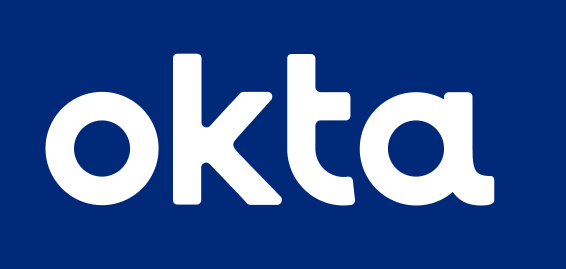Be the office expert. Understand that URL.
The intranet works on web addresses, also called URLs, that most people don’t understand. Impress your friends and co-workers with this quick brief.
The technology that makes the internet work is based on numerical routing called IP addresses such as 8.8.8.8 but that is hard for us humans to remember and use. Thus a way was developed to translate an IP address into a human-readable form called a web address. This translation is called Domain Name Service (or DNS). Below you will learn about the human readable (URL) part of that system.
Understanding a URL requires breaking it into parts as in the diagram below.

Suffix
The suffix helps define what type of data the URL will return. This part is usually “https” for most web sites. “http” was the older, unsecured, version of this. There are also other suffixes that are less common such as “ftp”, “news”, “file”, etc. When you give personal information, you should always insure you do it on a secured connection. Look for https://
Sub-Domain
The Sub-domain is usually used to define the service being offered. This is usually “www” but often it could be “blog” or “shopping”. In the old days this was referred to as the “machine name” because a unique machine was dedicated to each service but these days one machine often does many things.
Domain Name
Domain names are broken down into a Name and Suffix portion that work together.
Name: This is normally associated with the company (or person) running the service you are communicating with. However, do not assume that a company owns the domain you expect. For instance, a company called “Blake, Inc.” may not own “https://blake.com”.
Suffix: Also called the “top level domain”. In the US, that is often “.com” for a business. However in other countries that may be “.co” or something else. Many countries control their own suffix such as “.au” in Australia or “.ca” for Canada. In the old days, “.org” was for non-profits and “.edu” was for schools but those old qualifications don’t seem to be enforced as much these days.
Many companies have a number of Names and Suffix combos( I have many myself ) but there are requirements that each has a defined owner.
Read More
Read more about technology and cybersecurity here.
#UnderstandingURLs #WebAddreses
- Drive-By URLs: What are they? - July 26, 2024
- Beware of Fake CrowdStrike Fixes: A New Malware and Wiper Threat - July 25, 2024
- Ransomware targets Small and Medium-Sized Businesses - July 25, 2024



